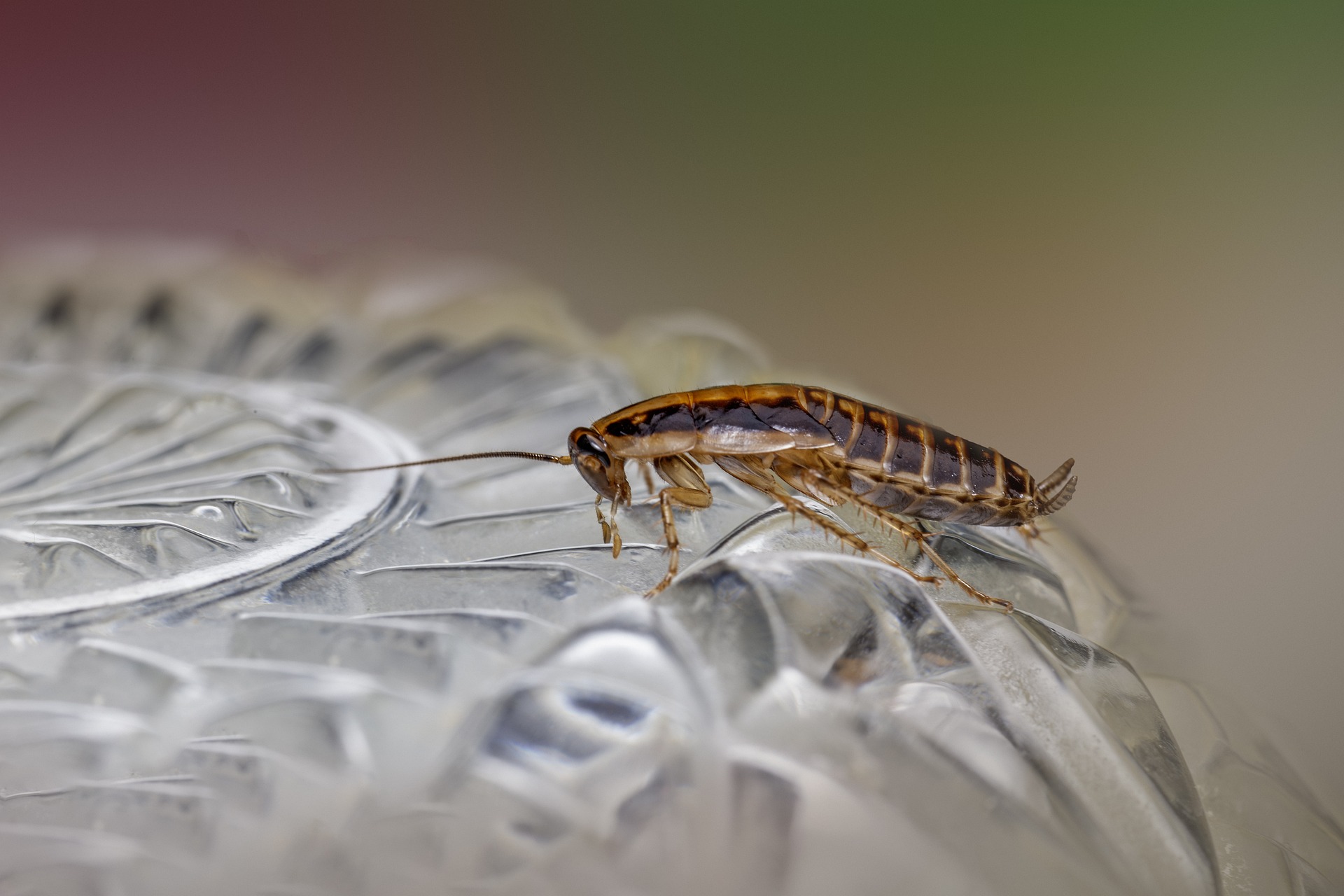The German cockroach (Blattella germanica) is a common household insect notorious for its ability to infest human dwellings. Unlike some other species of cockroaches, German cockroaches prefer indoor environments, thriving in areas where food, water, and shelter are abundant, such as kitchens, bathrooms, and basements.
These insects are small and light brown in color, typically measuring between half an inch to five-eighths of an inch in length. They are characterized by two dark stripes running lengthwise behind their heads. German cockroaches reproduce rapidly, with females capable of producing several egg cases (oothecae) throughout their lifetimes, each containing multiple eggs.
Due to their prolific breeding and resilience, German cockroach infestations can quickly become a significant nuisance and health hazard. They are known to carry pathogens and allergens, posing risks to human health by contaminating food and surfaces with bacteria and triggering allergic reactions in sensitive individuals.
Effective management of German cockroach infestations typically involves a combination of sanitation practices, habitat modification, and chemical control methods. Integrated pest management strategies aim to minimize reliance on pesticides while addressing the underlying factors contributing to infestations, such as food and water sources and entry points into buildings.
Views: 19
Subscribe to the newsletter:
